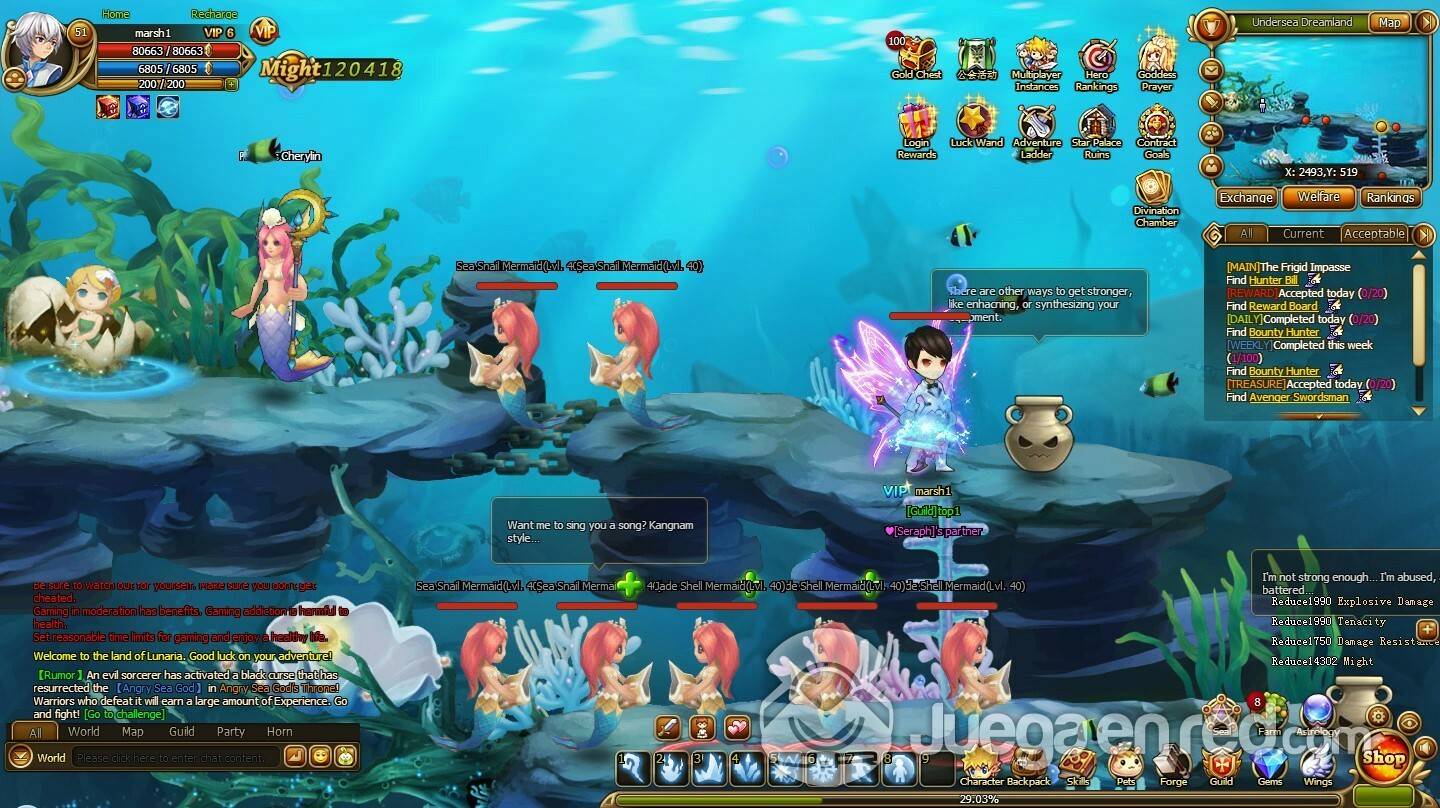

- #Lunaria story characters full#
- #Lunaria story characters android#
- #Lunaria story characters series#
- #Lunaria story characters download#
- #Lunaria story characters free#
The Lunaria: Virtualized Moonchild Original Soundtrack was bundled with the limited and special edition releases of the game on December 24, 2021. Lunaria has three theme songs: the first opening theme "Lunar Rise", the second opening theme "Prism no Ohimesama" ( プリズムのお姫様), and the ending theme "Swing by" each song is sung by Tsukino. The game's soundtrack was composed by Shinji Orito, Donmaru, Ryō Mizutsuki, Shōji Morifuji, Hisashi Tenkyū, Shōyu and Shinpei Nasuno.
#Lunaria story characters android#
Lunaria was ported to iOS and Android devices on February 24, 2022. The special edition was also bundled with a tapestry, two acrylic key chains, an illustrated microfiber cloth, stickers, and a special card.
#Lunaria story characters full#
Both physical editions came bundled with the game's original soundtrack and a full color art book.
#Lunaria story characters download#
Three editions were released: a download edition just for the game itself, a limited edition, and a more expensive special edition that comes bundled with more content. Lunaria was released on Decemfor Windows.
#Lunaria story characters free#
Key released a free game demo on Decemon the game's official website. Each of their avatars is based on an animal: a wolf for Tabito, a rabbit for Lunar-Q, a fox for Byakko and a cat for Mew. Fumuyun drew Tabito and Lunar-Q, and Saeki drew Byakko and Mew Myaf. Character design was provided by both Fumuyun, one of Key's in-house artists continuing from her work on Summer Pockets (2018) and Summer Pockets Reflection Blue (2020), and Sora Saeki. Although Koneko had been the director of the project since its inception up to at least December 2020, the producer Okano later took over the role of director. Matsuyama also played several of Key's visual novels to give him a better idea of how they are written compared to a novel. Matsuyama started by writing out the story in the form of a novel, which was repeatedly tweaked by input from Koneko. This resulted in Koneko contacting Matsuyama about the project in November 2019, which Matsuyama accepted despite misgivings about having never written a video game scenario before.
#Lunaria story characters series#
One such novel was Iris on Rainy Days ( 雨の日のアイリス, Ame no Hi no Iris) by Takeshi Matsuyama, and he followed up with Matsuyama's light novel series She Was Killed By Shooting Stars ( 君死にたもう流星群, Kimi Shinitamō Ryūseigun), which he felt was closely related to Lunaria 's concept. Koneko realized that they needed a writer who could write both science fiction and emotional stories that could make readers cry, which led him to seek out and read science fiction light novels that had that sort of reputation. The basis for this proposal was Koneko wanting to write a story about the ultimate long-distance relationship, but also keep it at the "furthest point within the range of human imagination." Esports and VR were added to this concept, solidifying the project vision. In addition to esports, he also wrote proposals that included virtual reality (VR) and artificial intelligence (AI), and after several failed proposals, Okano liked one about a server on the far side of the Moon which houses an AI. The game's motif was built around the concept of esports, and Okano asked Koneko to draw up some proposals based on that theme. Planning for the project began with video game director Daichi Koneko and producer Tōya Okano, the latter of whom has been credited on the staff of Key's visual novels since providing scenario assistance with Air (2000). The game's soundtrack was composed by Shinji Orito, Donmaru, Ryō Mizutsuki, Shōji Morifuji, Hisashi Tenkyū, Shōyu and Shinpei Nasuno.įollowing Key's previous success with the production of two prior visual novels termed "kinetic novels"- Planetarian: The Reverie of a Little Planet (2004) and Harmonia (2016)-since their gameplay offers no choices or alternate endings, Lunaria was one of three kinetic novels announced in October 2020 alongside Loopers (2021) and Stella of The End (2022). The story was written by light novel author Takeshi Matsuyama, and character design was shared between Key's in-house artist Fumuyun and Sora Saeki. Instead, the player proceeds through the story solely by reading. Lunaria is the fifth of Key's "kinetic novels"-beginning with Planetarian: The Reverie of a Little Planet (2004)-since its gameplay offers no choices or alternate endings. One day, he wanders onto an unknown server on the Moon and meets the AI avatar Lunar-Q, who earnestly wants to see the Earth herself. The story follows high school student Tabito Kamishiro, known as T-bit when playing the virtual reality racing game Skyout, which earns him an income in the form of prize money. It was ported to iOS and Android devices.

It was released on Decemfor Windows and is Key's 17th game overall.

Lunaria: Virtualized Moonchild is a Japanese science fiction visual novel developed by Key, a brand of Visual Arts.


 0 kommentar(er)
0 kommentar(er)
